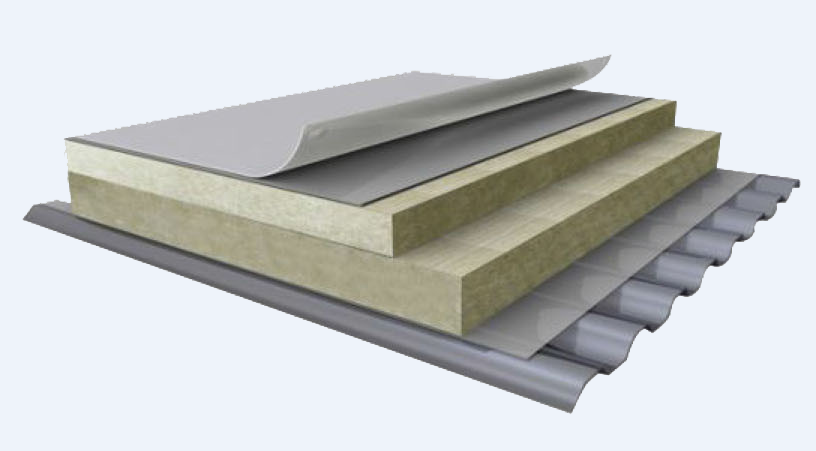

SEARCH
Every year, most people cause property losses and life safety because of the occurrence of fire accidents, especially in the field of high-rise buildings, fire rescue is relatively difficult, so many local governments issued policies, requiring high-rise building materials construction to use insulation materials.Common insulation materials are glass wool and insulation cotton, is widely used in the home, industrial high temperature pipeline, laboratory research and development and other fields.These two kinds of thermal insulation fiber materials have their own advantages and disadvantages.When choosing the right insulation material, we should comprehensively consider the difference between the two kinds of insulation cotton fiber material, especially the difference in the fire resistance.

Glass wool, also known as fiberglass, is made from centrifugal glass wool felt fibers using the centrifugal method.Glass is taken as the main raw material, and then mixed with other auxiliary materials such as dolomite and bounce sand in a certain proportion, and sent to the glass melting furnace for full melting.The molten solution flows out through the casing and into the centrifuge.A high-speed centrifuge spins glass into tiny streams, which are then stretched by a high-temperature, high-speed flame into fibres, which are then banded together and used as insulation.The glass wool products made in this way are loosely interlaced and have a large number of tiny gaps filled with air.Since air is a poor conductor of heat, the gaps created by the fiberglass can act as a screen barrier to avoid heat loss and improve insulation.
Asbestos is made from volcanic rock (dolomite, diabase and basalt), which is not a recyclable material, but it is a rich resource.Slag wool is made from recycled waste from blast furnaces.Asbestos provides a higher quality and performance product than slag wool, although both are commonly referred to as rock wool.The raw materials are disposed of in a similar way to glass, condensing at high temperatures (about 1,500 degrees Celsius) and then spinning into fibres.The wool is then packed into batts, rolls or slabs.
Although rock wool and glass wool are non-combustible, the fire performance of rock wool is much better and can be used as fire protection information.Simply put, a high density 120kg/m3 rock wool product will not burn at high temperatures.At these densities, rock wool is the most cost-effective solution and provides excellent fire resistance.However, like glass mineral wool, low-density rock wool insulation does not go out, but it does not prevent the flame from soaking between the fibers.In short, for building fire prevention, high density rock wool is the ideal solution.But in the practice of construction engineering, because the rock wool fiber is easy to fall apart, the occurrence of pulverization phenomenon, construction and cutting is not easy, so most of the construction personnel are willing to choose glass wool.
Related